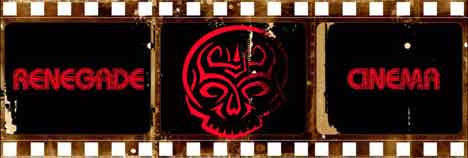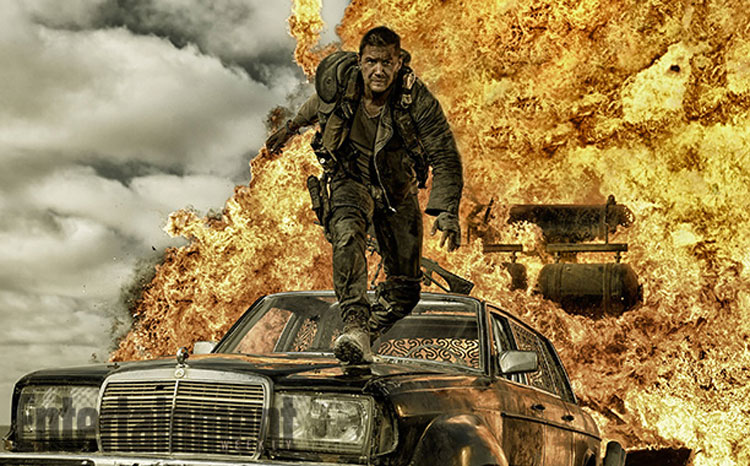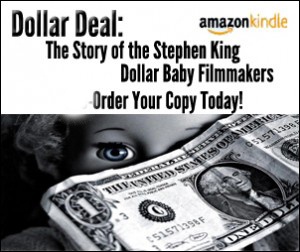Mad Max: Fury Road is released this week, a rebooted version of the classic Mad Max trilogy featuring a young Mel Gibson and directed by George Miller. Having been lucky enough to have caught an advanced screening, I can tell you that the movie lives up to its trilogy of fabulous trailers, as well as the tone of the original films. Fury Road has a certain unnamable Australian quality to it that I find present in many films that come out of that country – but also something very definite, a palpable grotesqueness or sense of the obscene that I find is also a common quality throughout Australian cinema. There’s something wonderfully perverse about the Australian imagination – something about the feeling of isolation and the vastness of the outback desert that encourages the unusual and the twisted, a freedom from the restraints of social constructs. So, in honor of Fury Road and Australian cinema, here is a list of my favorite twisted Australian movies – and you can be sure there are many more than just those listed here that are worth a look.
Mad Max
The original Mad Max and its sequels are very much in keeping with the over-the-top tone of the current reboot, Mad Max: Fury Road – which makes sense, since George Miller also did the reboot. Like the reboot, Mad Max takes place in the post-apocalyptic desert wasteland of Australia, in a future where both water and gasoline are in short supply and dangerous road gangs have formed to rape and pillage the land. The most striking thing about these movies – including Fury Road – are the strange, incomprehensible cultures that have popped up in the wake of this disaster. These films are filled with weird and wild characters, often disturbing in either behavior or appearance, and societies based on unusual, sometimes barbaric, customs and beliefs. Rather like a Terry Gilliam movie, the audience is dropped into the middle of these fully formed cultures and must learn from behavior and circumstance why things are the way they are. More than anything else, these films are about the spectacle – the strange, compelling, revolting, beautiful, obscene, magnetic, grotesque spectacle. And I will tell you, Fury Road does not skimp on spectacle.
Bad Boy Bobby
This is the most twisted of twisted Australian movies, a film about an outsider written and directed by the Dutch born Rolf de Heer. Bubby is born and raised in a single windowless room, isolated from society and told by his mother that the air outside is poisonous. Due to the abuse to which he is subject at his mother’s hands and his social isolation, Bubby is understandably underdeveloped. But after he eventually kills his mother, Bubby ventures out into the world armed only with his knack for imitation and lands himself a gig as the lead singer of an unusual band. The greater part of the film is Bubby mimicking the crass and violent behavior of the world he steps out into and the overwhelming sensory experience of a society comprised of more than two people. It is the ultimate view of Australian culture from an outsider’s viewpoint – either skewed by experience or more pure for the lack thereof – and Rolf de Heer is the perfect man to convey it.
The Babadook
https://youtu.be/szaLnKNWC-U
If there’s one thing Australian film does really well, its horror. Australia produces some of the strangest, most frightening, unique, and twisted horror movies around, and The Babadook is a wonderful example of that. If you didn’t see this movie, chances are you heard something about it and how good it was. The Babadook is about a single mother who is struggling to raise her strange, paranoid, and behaviorally difficult son. One night, she reads him a disturbing picture book about a creature called the Babadook. Before she knows what she’s done, her son now has a name to put to all his seemingly irrational fears. This movie is subtle in the ways it creeps into your imagination, a slow burn of discomfort and unease. At the same time, its a story about the relationship between a mother and a son, the struggles of single parenthood, and raising a child with behavioral difficulties.
Wilfred (TV Series)
https://youtu.be/Euwxohm6gCA
If you’ve seen or heard of this show, chances are you’ve seen the excellent American remake airing on FX starring Elijah Wood. Both Wood and Jason Gann, who plays the dog Wilfred, are dysfunctionally and awkwardly enchanting and the show itself has a quirky, playful quality. This charming quality and playful tone, however, is a product of the Australian-to-American translation. The idea is perfect for an FX comedy – a man who is the only one who sees his neighbor’s dog as a man in a dog suit – but the darker, more menacing tone of the Australian original (also starring and produced by Gann) is a little too discomfiting for mainstream American audiences. Even the color schemes between the two shows are drastically different, with the FX series all popping bright colors and the Australian version in duller shades. The concept is wonderfully inventive, strange, and incredibly funny – but the underlying themes of mental illness and the general bawdiness of Wilfred’s behavior keeps its audience on edge.
Snowtown
This movie was kind of a big deal when I was studying in Australia, because it had just come out and it was a stark and disturbing movie about real life events in Australia. The movie is about the Snowtown murders and a young boy who is influenced by his mother’s sadistic boyfriend. The boy is indoctrinated into the boyfriend’s bigoted, self-righteous beliefs and eventually together they commit some gruesome crimes. These real life crimes were a major upset in Australia when they occurred, and the movie, directed by Justin Kurzel, conveyed the completely terrifying ordinariness of these people, their ideas, and how they became killers. There is nothing extraordinary about these people or their circumstances, which is perhaps the most frightening thing about the movie. We have come to think of movie villains as sexy, enigmatic, and ambiguous – characters like Hannibal Lecter – but in real life they are often the most overlooked, unexceptional of people.
Wake in Fright
This was one of my favorite movies presented in the Australian film class I took while studying in Sydney. It is another take on Australia from the viewpoint of an outsider, directed by the Canadian Ted Kotcheff, and is about an English school teacher who is on his way to Sydney from the outback town of Tiboonda for Christmas vacation. However, circumstances are constantly stacked against him, foiled both by the aggressive hospitality of the locals and his own misjudgments, and he ends up spending his entire break in another outback town called Bundanyabba. There he spends his time sweltering miserably (Christmas is in the middle of the Australian summer), drinking constantly, and partaking in the stupidly violent local activities with the natives, all while holding an arrogantly superior attitude toward the whole culture. There is something so delirious and aggressive about the whole tone of the film, in every interaction and in every activity, that the audience is constantly in a state of unease. In fact, one of the main reasons I’m so fond of this film is the delightful congruency of the feeling which the film elicits and the title of the film. One constantly feels that one could wake in fright as from an unsettling dream at any point throughout the movie.





